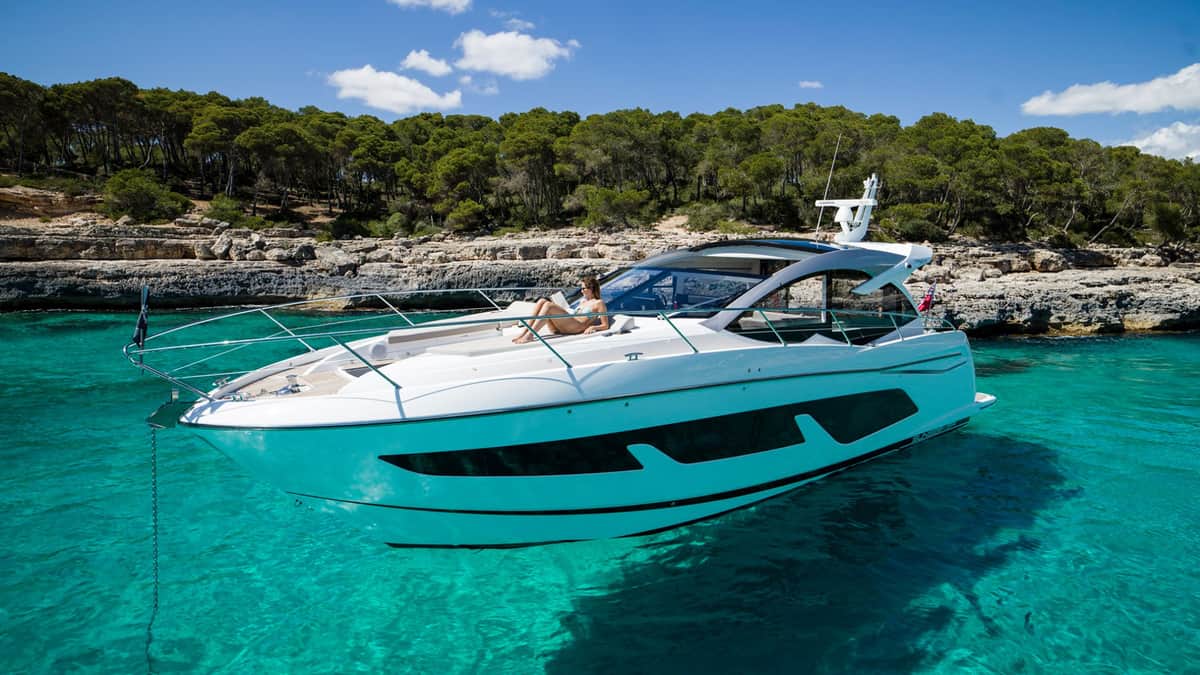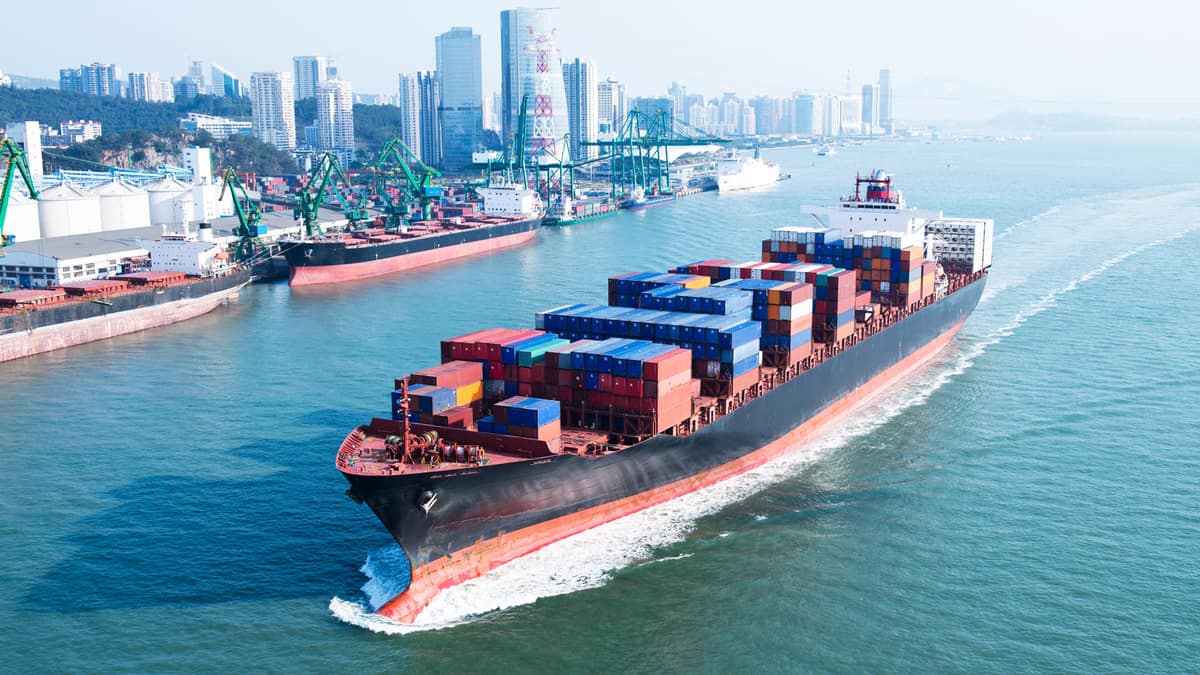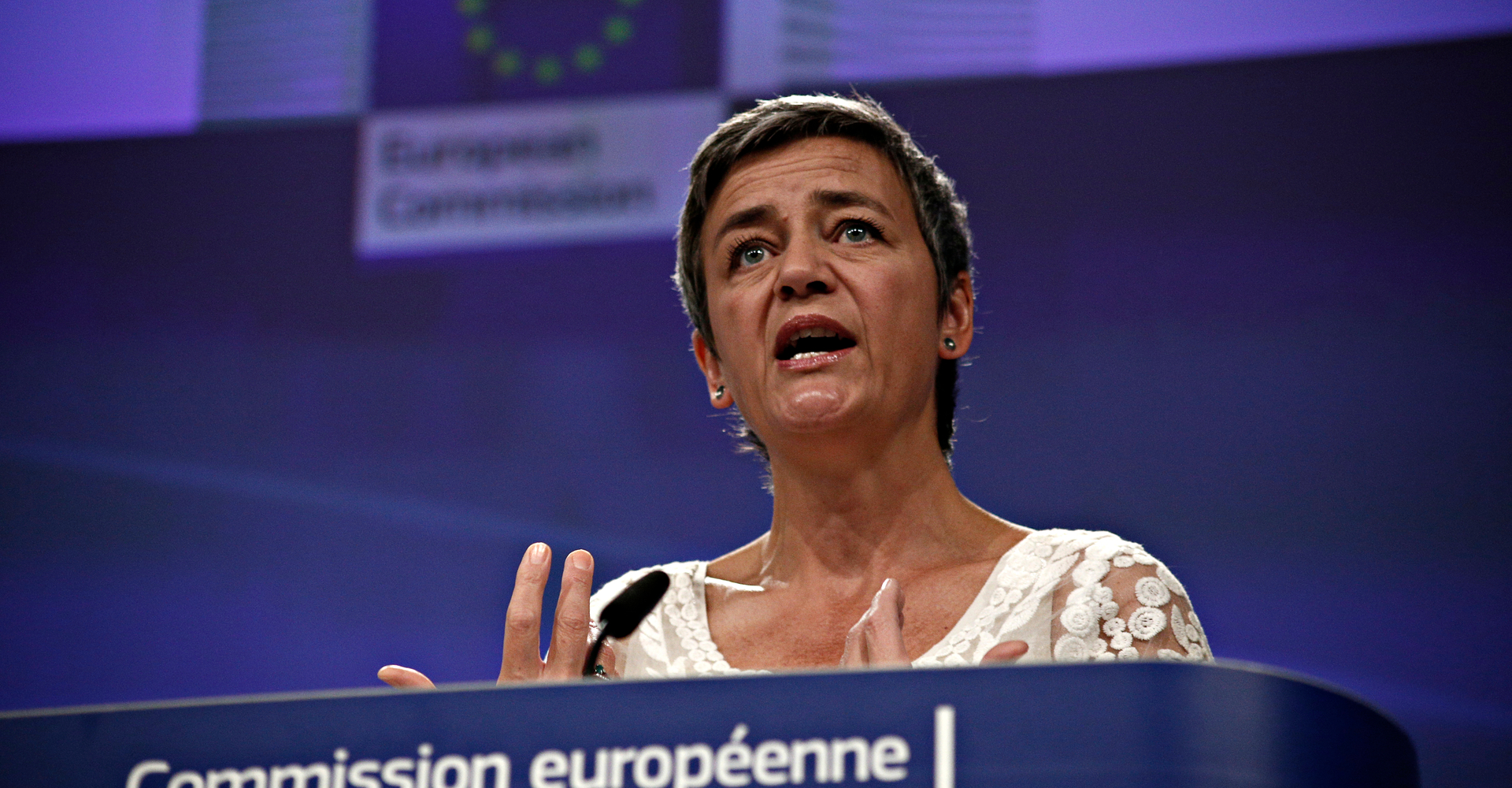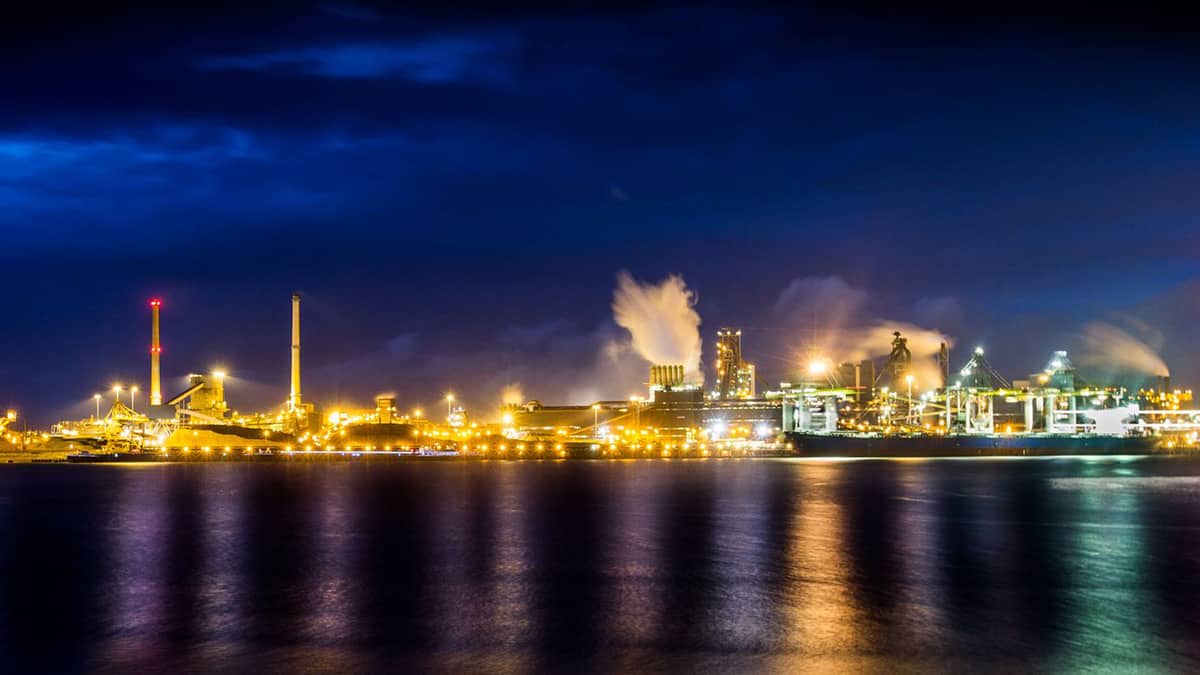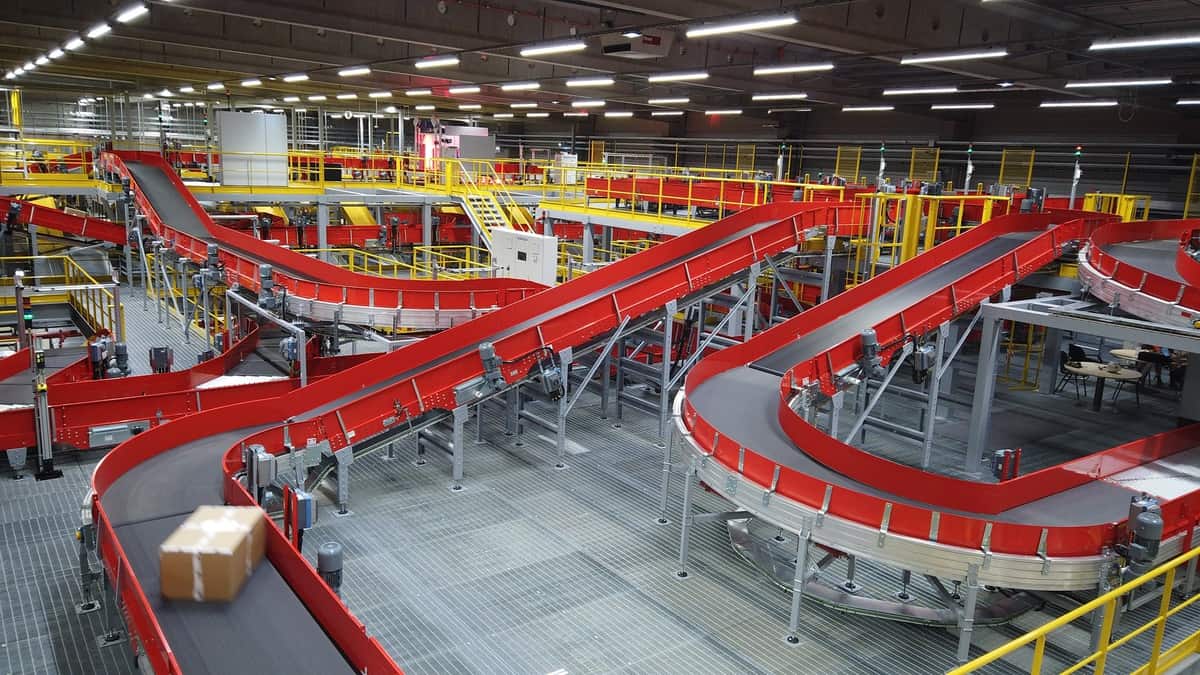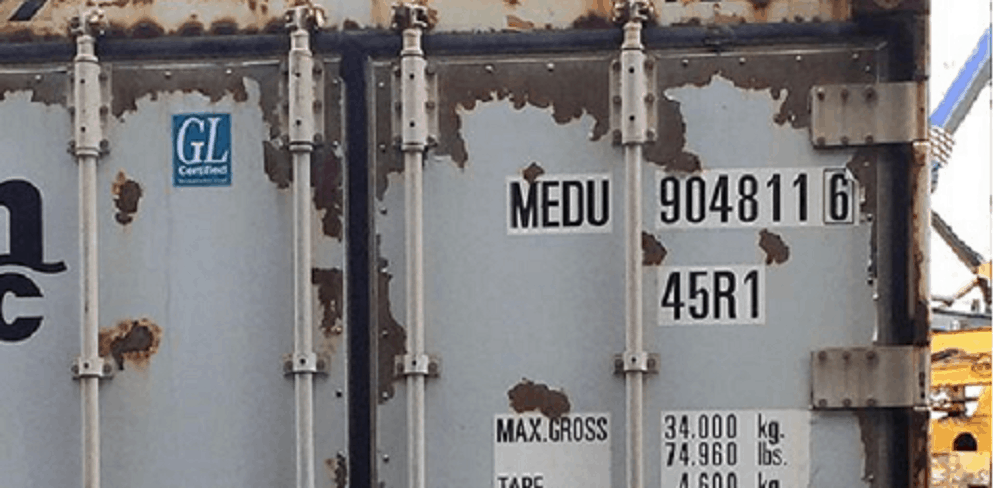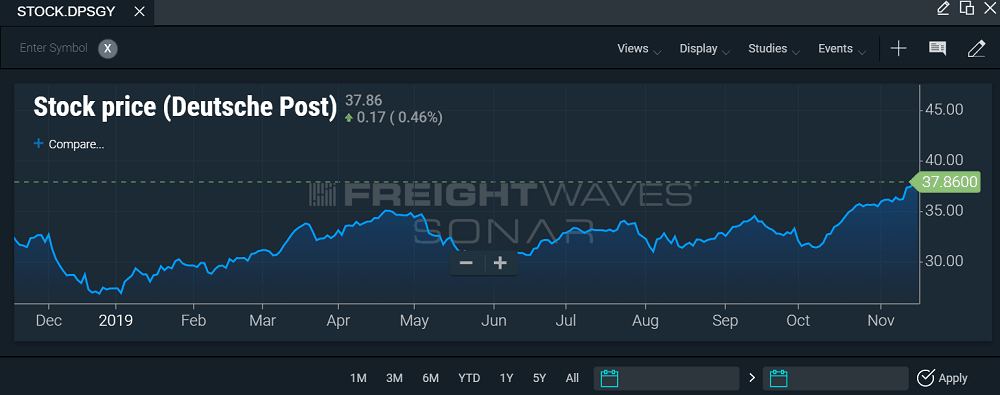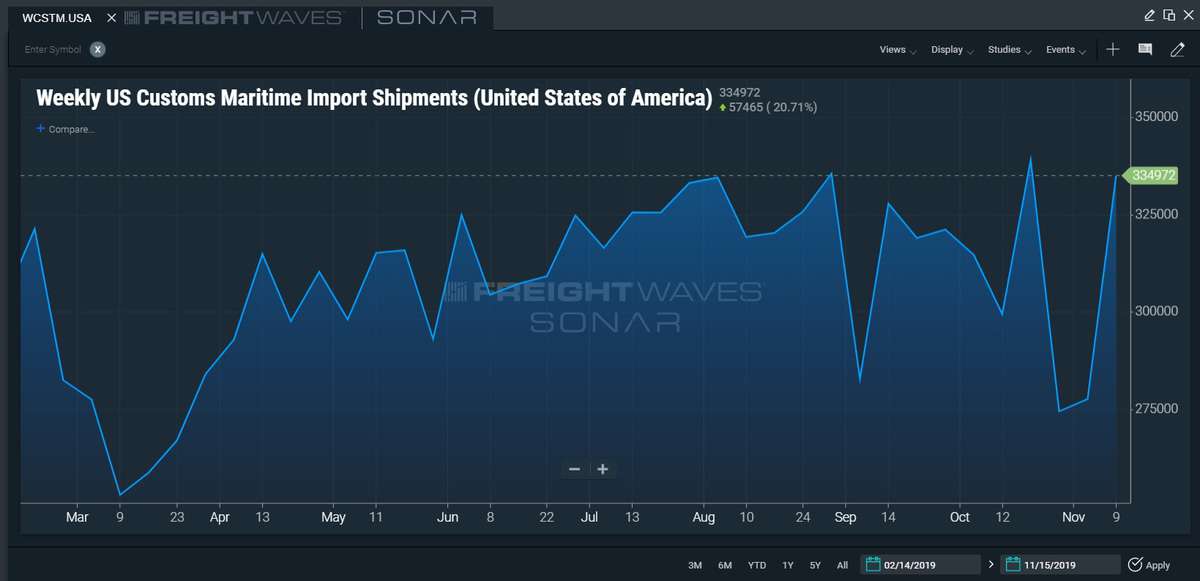
Sunseeker, the U.K.-based luxury yacht builder, has announced that it is in “advanced negotiations” with DHL Supply Chain to have the company help with its logistics operations. In that regard, Sunseeker will be transferring 80 of its staff from its Dorset campuses at Poole and Portland.
To ensure employees’ rights are protected during the transfer, the company will be doing it under TUPE (transfer of employment undertakings, protection of employment) regulations.
“Our supply chain is a critical function given the value and volume that we manage on a daily basis,” said Michael Straughan, the chief operating officer of Sunseeker. “On conclusion of the negotiations, our colleagues will be joining a leading global brand in the logistics industry and will remain key to the ongoing success of our complex supply chain. This is not only good news for Sunseeker but for the wider Poole community too.”
As the largest yacht maker in the U.K., Sunseeker had shown significant gains in 2018 with its profits increasing to £6.6 million from £1.1 million the year before. The company stated that its boat operational income alone rose by almost £10 million in 2018.
“To oversee a 39% increase in our underlying gross margin is testament to Sunseeker’s focus on the quality of business, and not simply revenue growth,” said Mike McMillan, the chief financial officer of Sunseeker. “We have worked hard to provide an exciting product range for our customers that can deliver increased levels of profitability, to fund further innovation and product development.”
If Sunseeker’s partnership goes through with DHL Supply Chain, it would see DHL managing all in-bound freight movement – including receiving goods, storage and kitting, shipyard material movement, and line-feeding of production parts.
“DHL will also implement a programme of transformational improvements and accelerated digitalisation to support the company’s future growth plans,” said Sunseeker in its statement.
Of late, manufacturing companies have been in a rush to improve visibility and transparency into their freight movement, which can significantly increase their operational efficiency and reduce overhead costs. DHL Supply Chain is leveraging data to improve asset utilisation, decrease transit time and reduce the environmental impact of logistics, giving Sunseeker greater control over its product movement.
Earlier this month, Sunseeker signed a new frame agreement for the supply of German-based MTU yacht engines with Rolls-Royce. The company produces about 150 boats every year that range from 38-161 feet at its main production plant in Poole, while it manufacturers an additional 100 yachts and larger vessels from a deep-water shipyard.
During its earnings report this July, the company said it would channel £50 million in capital expenditure investment across its research and development, new models, innovation, and technology, expecting to double its product range to 22 models by 2022.

